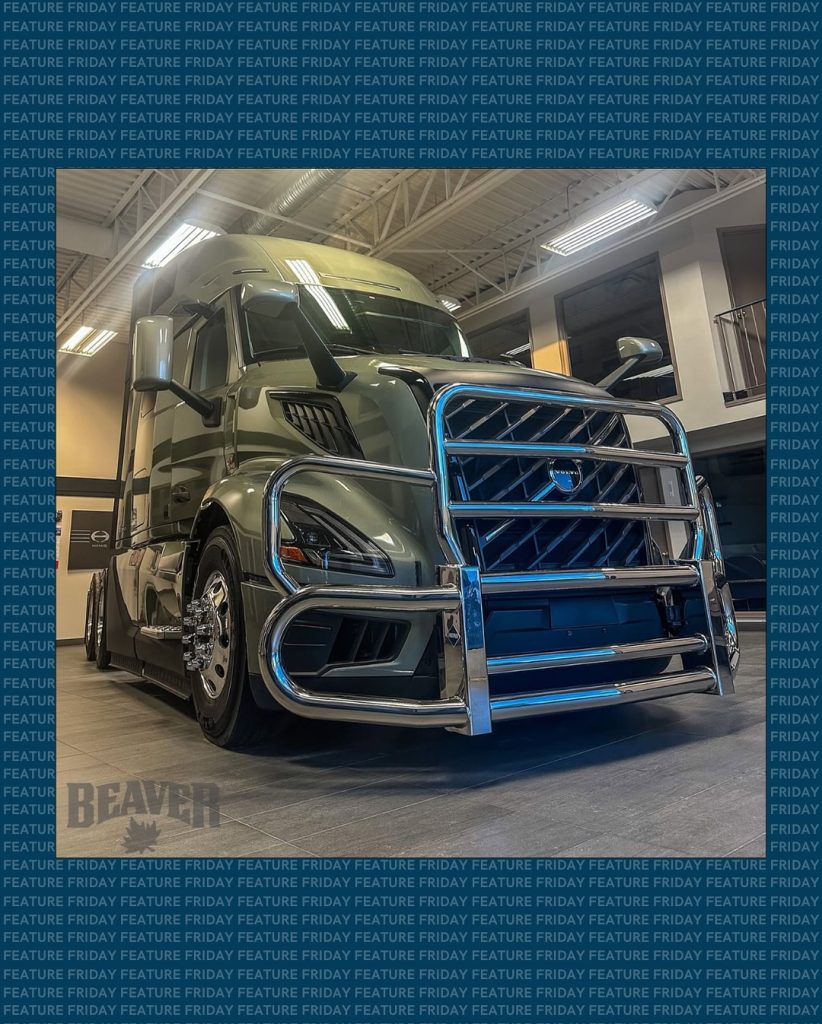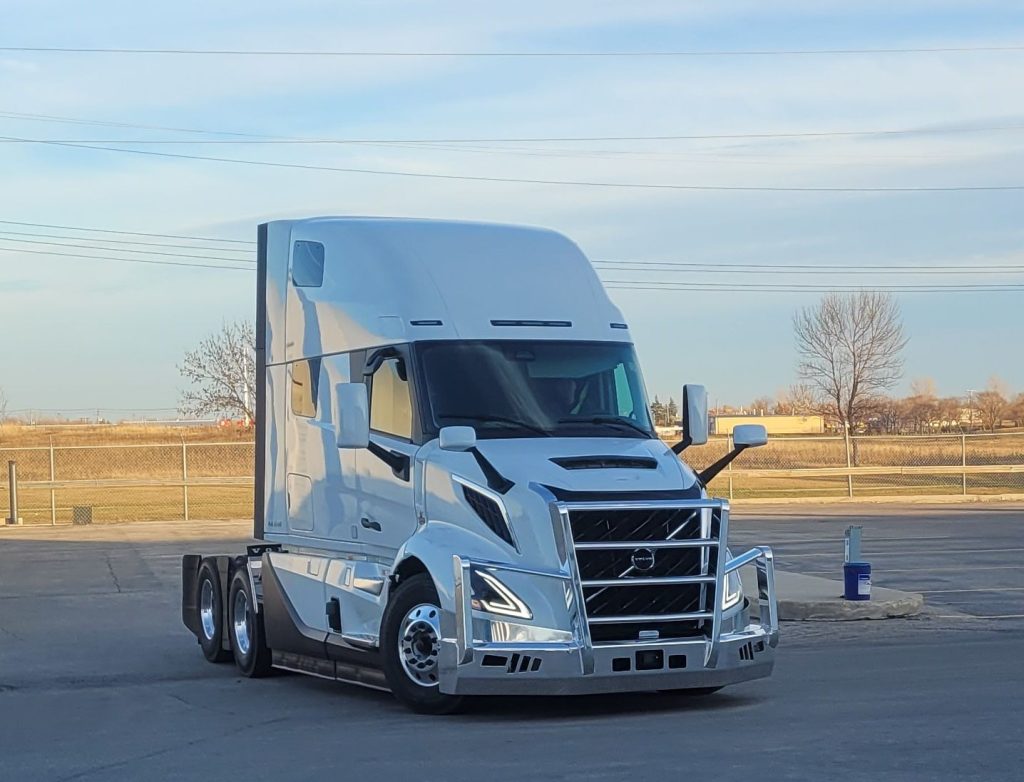Selecting the right Freightliner moose bumper protection can mean the difference between minor damage and thousands in repairs when wildlife encounters occur. Freightliner operators and fleet managers need specialized guidance to match protection equipment with specific truck models and operational requirements.
Modern Freightliner trucks face increasing wildlife collision risks, especially in northern routes where moose present the greatest threat. A properly selected Freightliner moose bumper system provides critical protection while maintaining vehicle performance and regulatory compliance.
This comprehensive selection guide covers model compatibility, installation requirements, and performance considerations specific to Freightliner trucks. Fleet managers and owner-operators will find practical criteria for making informed protection equipment decisions.

Understanding Freightliner Model Compatibility
Freightliner’s current truck lineup presents distinct compatibility requirements for moose bumper installation. Each model series features specific mounting points, frame specifications, and clearance considerations that affect protection system selection.
The Cascadia series represents Freightliner’s flagship over-the-road platform with standardized mounting provisions. These trucks feature robust frame construction that accommodates heavy-duty protection systems without structural modifications. Frame rail spacing and mounting hole patterns follow consistent specifications across wheelbase configurations.
M2 series trucks offer versatile mounting options due to their vocational design heritage. The medium-duty platform provides multiple mounting configurations while maintaining excellent accessibility for installation and service. Lower frame rail heights require specific bumper designs to maintain proper ground clearance.
Columbia and Coronado models feature established mounting systems with proven compatibility records. These platforms support various protection levels, from basic deer guards to comprehensive moose protection systems.
Key compatibility factors include:
- Frame rail center-to-center spacing and mounting hole alignment
- Front axle weight ratings and load distribution requirements
- Electrical integration points for lighting and control systems
- Cooling system clearances and service access requirements
- Cab configuration effects on approach angles and installation access
Protection Levels and Performance Comparison
Freightliner moose bumper systems offer multiple protection levels designed for different operational requirements and risk exposure. Understanding these differences enables optimal selection for specific applications.
Basic protection systems focus on grille and headlight protection against smaller wildlife and road debris. These lightweight options minimize fuel economy impact while providing essential component protection for urban and suburban operations.
Intermediate protection extends coverage to include radiator and cooling system components. These systems handle moderate wildlife encounters while maintaining reasonable weight and aerodynamic characteristics suitable for mixed-route operations.
Heavy-duty moose protection provides comprehensive front-end coverage designed for maximum impact scenarios. These systems feature reinforced construction and energy absorption capabilities essential for high-risk wildlife corridors.
HERD truck guards offer proven performance across all protection levels with model-specific engineering for Freightliner applications. Aluminum construction provides excellent strength-to-weight ratios while steel options deliver maximum impact resistance.
Material selection significantly affects performance characteristics:
- Steel construction: Maximum impact resistance and energy absorption
- Aluminum systems: Reduced weight with excellent corrosion resistance
- Hybrid designs: Optimized weight distribution with targeted protection zones
Installation Requirements and Technical Considerations
Professional installation ensures optimal performance and warranty compliance for Freightliner moose bumper systems. Installation complexity varies by protection level and truck configuration, with several critical factors affecting the process.
Frame mounting systems require precise alignment with factory mounting points and proper torque specifications. Freightliner trucks feature engineered mounting provisions, but installation must accommodate electrical integration and cooling system clearances.
Electrical integration presents particular challenges on modern Freightliner models with advanced lighting systems. LED lighting requires compatible control modules while maintaining compliance with DOT visibility requirements.
Common installation considerations include:
- Access requirements: Some configurations require partial component removal
- Electrical routing: Integration with existing harnesses and control system removal.
- Clearance verification: Ensuring proper spacing for cooling and service access
- Weight distribution: Maintaining proper front axle loading within specifications
Professional installation provides several advantages over self-installation approaches. Certified technicians understand model-specific requirements and have access to specialized tools required for proper mounting and electrical integration.

Regulatory Compliance and Weight Considerations
DOT regulations significantly impact Freightliner moose bumper selection for commercial operations. Federal and state requirements govern equipment specifications, mounting methods, and visibility standards that affect system selection.
Width limitations restrict bumper extensions beyond original vehicle dimensions. Most commercial protection systems comply with standard width requirements, but custom applications may require specific engineering verification.
Weight considerations affect vehicle gross weight ratings and axle loading calculations. Front axle limits vary by Freightliner model and configuration, requiring careful calculation of protection system weight against available capacity.
Lighting compliance mandates specific visibility standards and mounting positions. Protection systems must maintain required lighting patterns while integrating additional illumination where beneficial.
Interstate operations require particular attention to varying state regulations. Some jurisdictions impose specific restrictions on protection equipment design or mounting methods that affect system selection for multi-state operations.
Selection Criteria and Decision Framework
Effective Freightliner moose bumper selection requires systematic evaluation of operational requirements, risk factors, and performance priorities. A structured approach ensures optimal protection while maintaining operational efficiency.
Route analysis determines appropriate protection levels based on wildlife encounter probability. High-risk corridors through northern regions justify comprehensive protection systems while urban routes may require only basic component protection.
Cost-benefit evaluation compares system investment against potential damage reduction and operational impacts. Protection systems typically demonstrate positive return when wildlife encounter frequency reaches certain operational thresholds.
Fleet standardization considerations affect training requirements, maintenance procedures, and parts inventory management. Consistent equipment across fleet vehicles simplifies operations and maintenance protocols.
Essential selection criteria include:
- Protection requirements: Wildlife types and encounter probability analysis
- Weight restrictions: Available front axle capacity and gross weight limitations
- Installation complexity: Available service capabilities and downtime considerations
- Regulatory compliance: Route-specific requirements and operating jurisdictions
- Performance priorities: Fuel economy impacts versus protection levels
Frequently Asked Questions
What Freightliner models are compatible with moose bumper installation?
Most current Freightliner models, including Cascadia, M2 series, Columbia, and Coronado, support moose bumper installation. Compatibility depends on specific model year, configuration, and frame specifications. Professional assessment ensures proper system selection for individual vehicles.
How much weight do moose bumpers add to Freightliner trucks?
Moose bumper weight varies significantly by protection level and construction material. Basic systems typically add moderate weight, while heavy-duty protection systems are substantially heavier. Weight must be calculated against front axle ratings and gross vehicle weight limits for compliance.
Do moose bumpers affect Freightliner fuel economy?
Fuel economy impact varies by system design and vehicle application. Aerodynamic systems minimize impact, while basic protection typically has minimal fuel economy effects. Heavy-duty systems may cause measurable fuel economy reduction depending on operating conditions and system design.
What installation time is required for Freightliner moose bumpers?
Installation time varies based on system complexity and vehicle configuration. Basic systems require moderate installation time, while comprehensive protection with electrical integration needs extended installation periods. Complex installations requiring component removal or custom modifications may require additional time and specialized expertise.
Are permits required for moose bumper installation on Freightliner trucks?
Most commercial moose bumper installations do not require special permits when properly designed and installed. However, custom systems or those exceeding standard dimensions may require engineering certification or special permits in certain jurisdictions.
Protect Your Ride—Choose a Moose Bumper Built for Your Freightliner
Selecting the right Freightliner moose bumper requires careful evaluation of model compatibility, protection requirements, and operational constraints. Success depends on matching system capabilities to specific route risks while maintaining regulatory compliance and operational efficiency.
Professional consultation ensures optimal system selection and proper installation for maximum protection effectiveness. Contact HERD for expert guidance on Freightliner-specific protection solutions tailored to your operational requirements.
The investment in proper moose bumper selection pays dividends through reduced collision damage, improved driver confidence, and enhanced fleet safety records. Fleet managers who conduct thorough analysis and implement appropriate protection systems achieve measurable improvements in operational safety and cost control.
Ready to protect your Freightliner fleet? Visit HERD for comprehensive protection solutions engineered specifically for commercial truck applications.